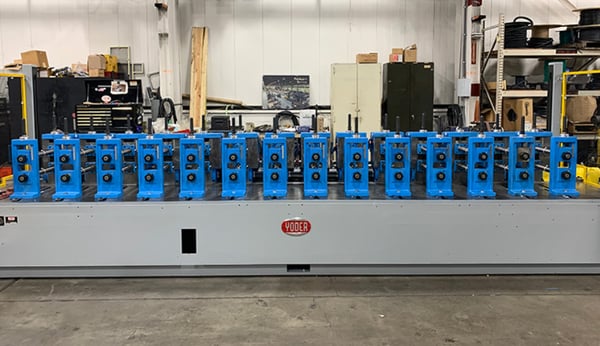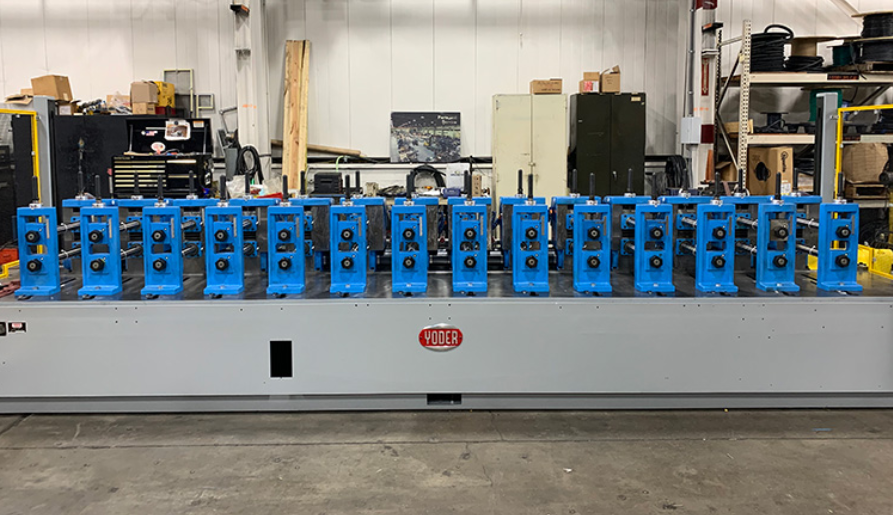Regular maintenance of your machines is critical to the overall performance of your roll former or tube mill. However, while there are many different types of machine maintenance your technicians should be performing, proper alignment is one of the most important elements to ensure that your roll former operates as efficiently as possible. Machine misalignment is the cause of a wide array of fabrication issues and product defects that can impact the throughput (and therefore, the bottom line) of your business. Therefore, it's incredibly important that you and your team perform the correct alignment procedures to avoid losing productivity. In this post, we'll explain the importance of machine alignment in roll forming and tube mills and when you should realign your machines.
The Importance of Machine Alignment in Roll Forming
Machine alignment refers to the way that your tooling line up parallel to the shoulder of the roll stand shaft. In a new mill or machine, you are less likely to diagnose issues with alignment because the machine and tooling have not yet been affected by wear or other outside factors. The tooling will line up parallel to the shoulder, allowing your machine to put out product with very few marks or defects. However, in order to keep your machines operating at high efficiency, you'll need to perform ongoing maintenance as the tooling wears down and as the machine itself wears. Machine misalignment can cause premature wear on your tooling and conversely, worn tooling can create side forces that can prematurely wear bearings, thus increase your chances to create a mill misalignment.
If your tooling is not correctly aligned, you will begin to notice an increase of defects in your product. Some indicators of misalignment in roll forming include:
- Double tracking of radii
- Severe scuffing or marking on one side of the part
- Incorrect cross sections
- Parts that form differently on different mills
- Excessive bow in the part
When tools are out of alignment, you may also notice that a proven set of rolls takes increased setup time. Misalignment can cause friction that leads to increased wear and tear on your machines as well. In severe cases, misalignment can even damage your machines beyond the point of repair. In these ways and more, misalignment is often the root cause of machine failure, so it's incredibly important to take steps to eliminate misalignment in roll forming. By prioritizing alignment in your maintenance schedule, you can improve both the quality of your product and the lifetime of your machines.

When to Realign Your Machines
While alignment should be carried out regularly, as any other type of maintenance, there are some specific situations when you should always be sure to realign your tooling. To begin, you should always realign tooling before debugging and diagnosing issues with your machine. This way, you can either identify misalignment as the issue with your output, or you can rule out alignment as the problem and focus instead on fixing your tooling itself. Realignment, therefore, should always be the first step in failure diagnosis. At the same time, your team should ensure that machines and tooling are realigned when any component is replaced to ensure that the service did not throw off the previous alignment. Additionally, rafts need to be realigned when taken on and off the machine. Thankfully, rafted machines can be realigned offline while the machine is still making product.
While there are techniques and procedures available to help predict and detect misalignment, such as laser alignment, thermography, vibration analysis, and oil analysis, you can begin by simply making alignment a priority when performing regular machine maintenance. By understanding the importance of realigning your tooling often, you can preserve your roll forming productivity and put out higher quality product at the same time.



